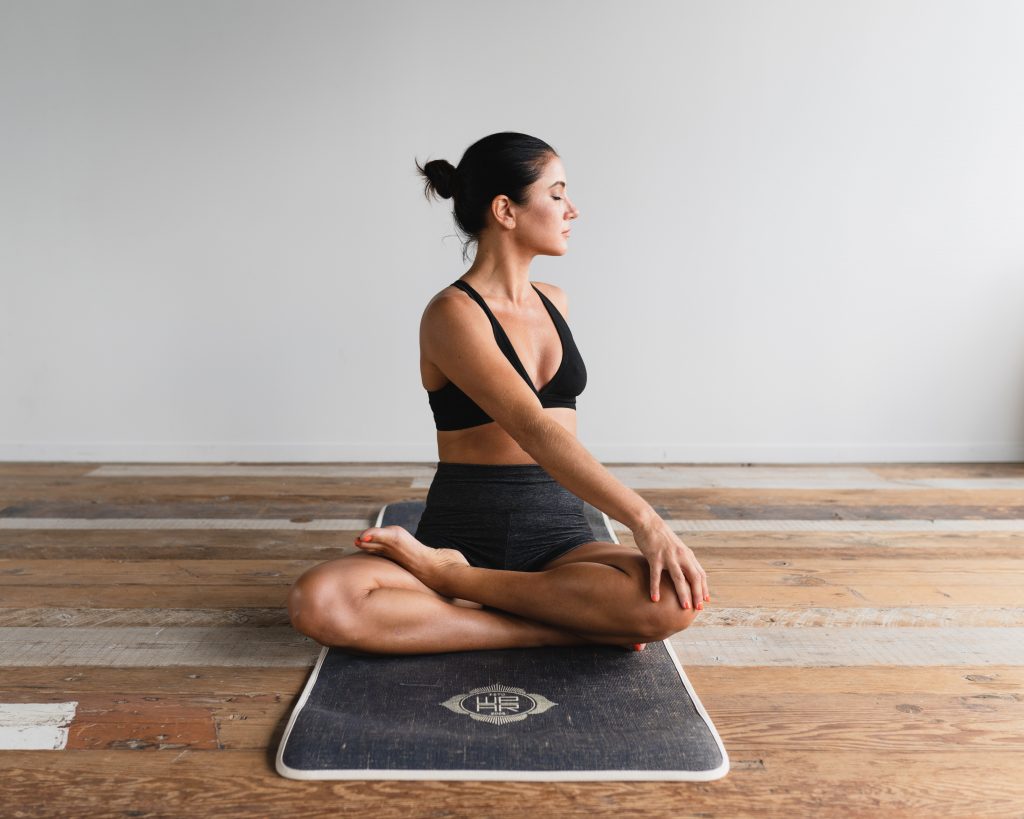The Impact of Running on Health
Running has numerous cardiovascular and musculoskeletal benefits. Regular running improves heart and lung capacity, builds stronger bones and muscles, and also enhances mental health by reducing anxiety and boosting moods.
To fully gain these health benefits and maintain an ongoing running routine, it is vitally important to prevent running-related injuries. Two key strategies are utilizing quality running gear and choosing proper footwear.
For female runners specifically, research shows that well-designed sports bras can also play a significant role in injury prevention and performance.
The Role of Sports Bras in Running Performance
Many women experience breast discomfort and pain caused by the repetitive motions involved in activities like running. Studies report that around 72% of female runners deal with bothersome breast pain, a condition sometimes called exercise-induced breast pain or breast pain dysphoria. This type of discomfort can negatively impact quality of life and make it very difficult for women to comfortably participate in and adhere to regular running or sports that involve a lot of movement. Therefore, finding ways to alleviate this barrier is essential.

Research into exercise science has clearly demonstrated that improved breast coverage and support provided by higher quality sports bras can have a meaningful effect not only in lessening breast pain by restricting motion, but also potentially enhancing actual running mechanics and performance. Ample breast stability seems to promote a safer, more efficient running form. Specifically, greater breast support is associated with increased upper body joint range of motion and also a reduced oxygen cost for the same running pace, meaning improved breathing economy.
The underlying biomechanics explaining how proper breast support contributes to superior running function and performance are still not thoroughly understood though. Most studies up until now have focused specifically on breast pain reduction from sports bra use during running rather than investigating the more systemic impacts on overall body movement patterns. Considering those promising indications of performance benefits, the researchers in charge of this latest study wanted to explore those open questions in greater depth.
Future Innovations in Sports Bra Design
This new research aims to add insights to several previous related studies over the past decade that have started investigating the important interplay between adequate breast support and running biomechanics. The overarching goal across all these efforts is to use evidence-based science to develop practical recommendations that women runners can use to mitigate exercise-induced breast discomfort so they can continue running without barriers. Preventing pain that acts as a roadblock to consistent exercise should yield tremendous lifelong health advantages.
In this current study, the researchers specifically examined whether wearing different breast support variants impacted knee joint stiffness patterns in a running stride during controlled treadmill tests. Joint stiffness refers to the mechanical resistance or difficulty for a joint to move through its expected range of motion. Research has associated optimal knee joint stiffness while running with improved efficiency, running economy benefits like the step length and preferred stride frequency, as well as a lowered risk of certain overuse running injuries. The working theory was that inadequate breast support might disrupt natural knee motion and stiffness, possibly explaining increased injury rates.

To perform their evaluations, the researchers recruited twelve recreational female runners aged 18-35 years old with B-C-D bra cup sizes. Each study participant was professionally fitted with two different sports bra options to test – one minimal support demo bra and one highly-supportive encapsulation bra. The runners also performed control testing with no bra at all. The test sequence involved completing 3-minute moderate pace running trials on an instrumented treadmill under each of the three breast support conditions: high support, low support, and no support.
Advanced motion capture technology and software was used to monitor key biomechanical factors and calculate knee joint excursion and stiffness during the various running tests. Ten specialized cameras tracked tiny reflective markers placed in key locations on the treadmill, shoes and body. This state-of-the-art system pinpointed even minute changes in running stride patterns between the breast support variants.
The study results demonstrated that restricting breast motion by increasing sports bra support seemed to promote measurably stiffer knee joint mechanics during all phases of the running gait cycle. The high support and low support bras increased knee stiffness by around 5% compared to the no bra control condition. This indicates that inadequate breast stabilization necessitates awkward compensatory motions and adjustments that can hamper natural stride biomechanics. Over longer durations, those small deviations could heighten injury likelihood.
Combined with previous related findings, these expanding insights conclusively show that sports bras should truly be viewed as far more than just standard workout clothing items. Properly designed and fitted bras can act more akin to actual sports equipment by enabling a safer, more sustainable exercise form. Just as selecting appropriate running shoes caters to an individual’s foot structure, gait and training goals, choosing an activity-specific supportive bra aligns with a female runner’s breast size and intended running mileage.
Considering performance bras can enhance economy by up to 7% through multiple mechanical improvements, the sports technology field still contains substantial open opportunities going forward. Despite major sportswear advances over the past decades though, sports bra designs still remain surprisingly antiquated so there is pressing need for further innovation. These study outcomes provide robust evidence to spur that progress. Ultimately by addressing the pervasive yet preventable issue of exercise-induced breast discomfort among runners, women can fully access running’s many holistic health rewards for the long term.



+ There are no comments
Add yours